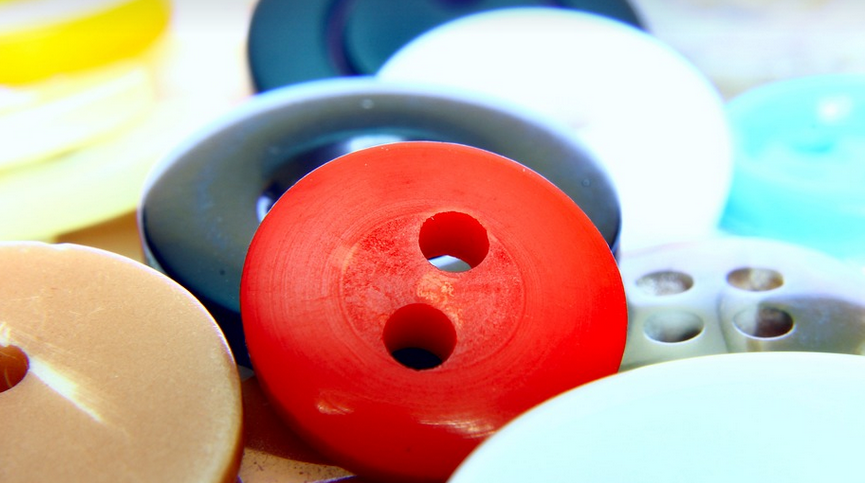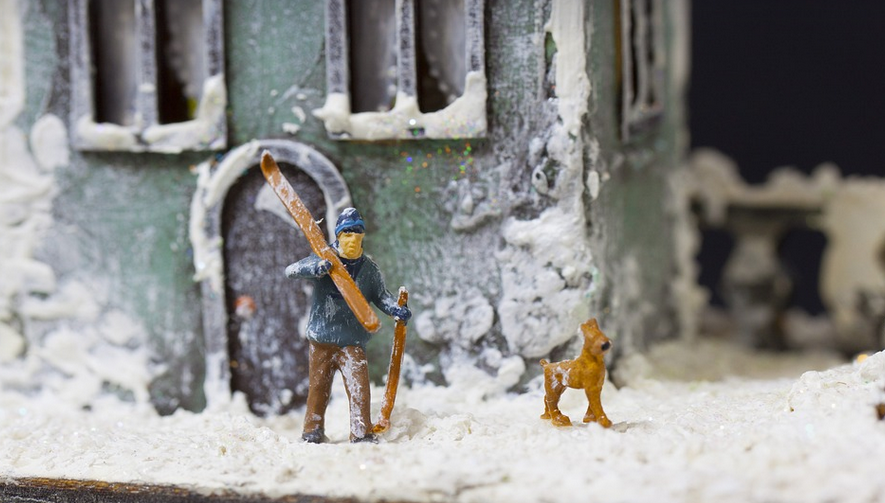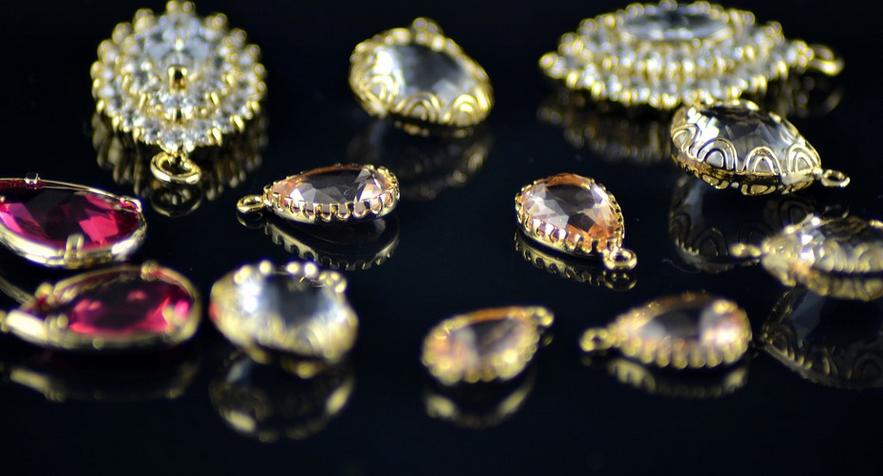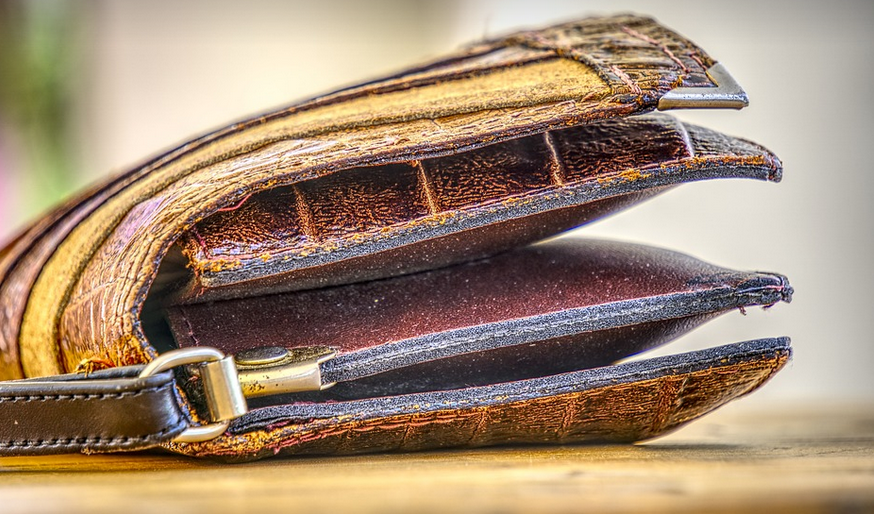
What are PES Files, Anyway?
So, you’ve heard the term “PES file” thrown around in the world of embroidery, and maybe even started using it without knowing exactly what it means. Well, fear not! This guide will demystify those cryptic letters and show you how to leverage them for a smooth and successful embroidery journey.
At its heart, a PES file is nothing more than a digital blueprint for your embroidered masterpiece. Think of it as the instructions for your sewing machine – but instead of just telling it where to sew, it tells the machine exactly what design elements to use to create a specific pattern.
Why are PES Files Essential?
In the world of embroidery, a standard “embroidery file format” is crucial for consistent and accurate results. PES stands for “Portable Embroidery System,” which means it’s made specifically for sharing and processing digital designs relevant to embroidery machines. Here’s why this matters:
- **Machine Compatibility:** Each embroidery machine has a unique set of parameters; some may be more suited to certain file types over others.
- **Design Precision:** PES files are designed to deliver highly detailed and precise embroidery patterns. They offer consistent thread usage, stitch control, and accurate output, which can significantly impact the final product’s appearance.
Getting Started with PES Files
Let’s dive into the essentials of working with PES files:
- **Embroidery Machines:** If you haven’t already, make sure to have an embroidery machine. There are numerous models available at different price points, from beginner-friendly options to professional-grade machines for high-quality output.
**Understanding the Basics of a PES File:**
PES files provide detailed information that goes beyond just a set of stitches:
- **Color Chart:** Every design has a color chart, which is essentially a list of colors used in the embroidery pattern. This helps you understand how each color will be incorporated into your final project.
- **Stitch Types:** PES files specify precisely which type of stitches are to be used (like satin stitch, back stitch, etc.), along with their size and density.
**Preparing Your Designs for the Machine:**
Once you have your PES file, you need to prepare it for use on your machine:
- **File Format Conversion:** Not all embroidery machines can read .PES files directly. If necessary, you might need to convert the file to a format compatible with your machine (like DST or JEF). You’ll find online resources and software options to help you do this.
Embroidery Machine Tips for Beginners
To ensure a smooth start, here are some tips specifically tailored for beginners:
- **Start Simple:** Don’t be tempted to tackle complex designs right away. Begin with basic patterns and gradually work your way up to more intricate designs as you become more comfortable.
Troubleshooting Your PES Files
Encountering any issues with your PES files is inevitable, especially as a beginner. Here are some common problems and solutions:
- **Design Not Transferring:** Try re-importing the file into your software or ensure you’re using a compatible embroidery machine format.
**Color Issues:** Double-check that your color chart is accurate, making sure all colors are set correctly for your machine. If needed, use your machine’s color palette for adjustments.
**Stitches Not Matching:** Make sure the stitch size and type specified in the PES file match your desired outcome. If the output looks strange, compare it with a reference design to pinpoint any inconsistencies.
**Expert Advice from the Community:**
Don’t be afraid to ask for help! The online embroidery community is full of experienced and passionate individuals who are happy to share their knowledge. There are numerous forums and communities dedicated to this craft.
Conclusion
Embroidery with PES files takes some practice, but the results are worth it! As you delve deeper into this artistic discipline, you’ll quickly appreciate the versatility of these digital tools for creating truly unique and personalized pieces.




